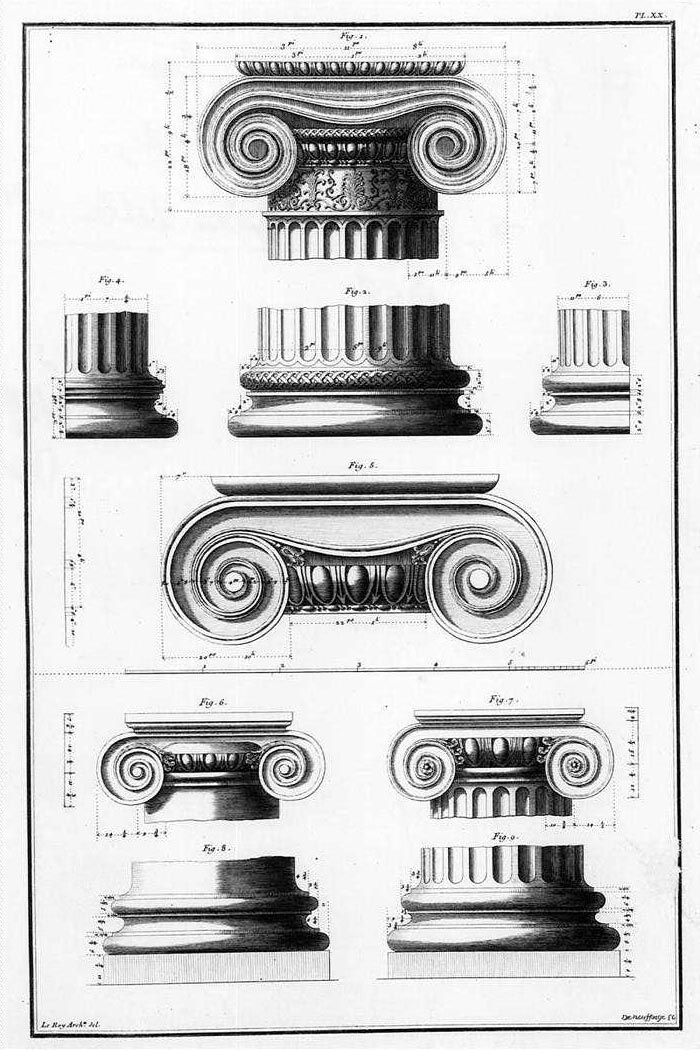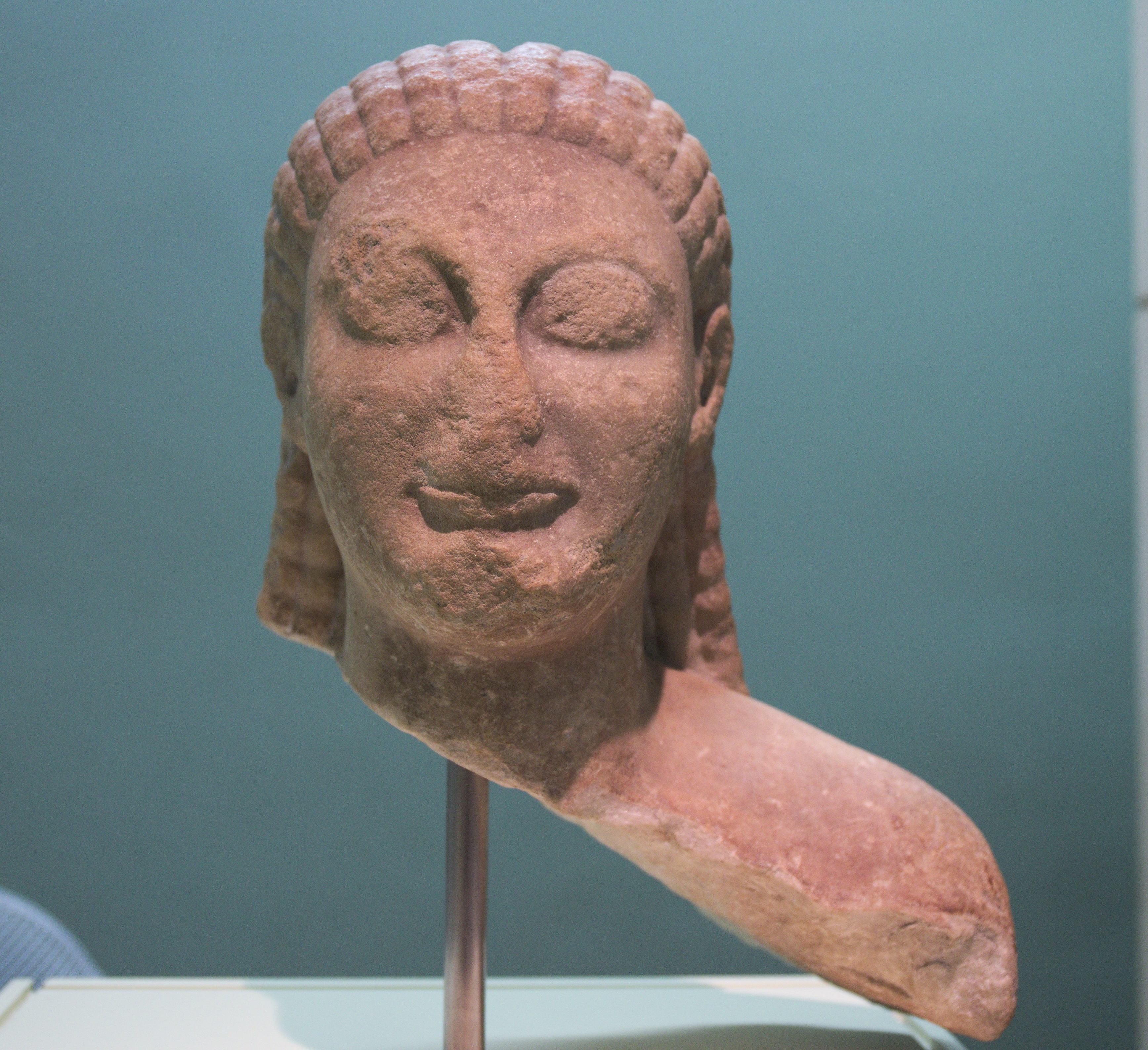|
Paeonius Of Ephesus
Paeonius of Ephesus ( grc-gre, Παιώνιος ''Paiṓnios'') (fl. c. 420 to 380 BCE) was an ancient Greek architect, one of the builders of the temple of Artemis at Ephesus. In conjunction with Demetrius, he completed the great temple at Ephesus, which Chersiphron had begun. With Daphnis of Miletus, he began to build at Miletus a temple of Apollo, of the Ionic order. The ruins of this famous Didymaeum, or temple of Apollo Didymus, are still to be seen at Didyma near Miletus. The temple, in which the Branchidae had an oracle of Apollo (from which the place itself obtained the name of Branchidae), was burnt at the capture of Miletus by the army of Darius in 498 BCE. The new temple, which was on a scale only inferior to that of Artemis, was never finished. It was dipteral, decastyle A portico is a porch leading to the entrance of a building, or extended as a colonnade, with a roof structure over a walkway, supported by columns or enclosed by walls. This idea was wide ... [...More Info...] [...Related Items...] OR: [Wikipedia] [Google] [Baidu] |
Ephesus
Ephesus (; grc-gre, Ἔφεσος, Éphesos; tr, Efes; may ultimately derive from hit, 𒀀𒉺𒊭, Apaša) was a city in ancient Greece on the coast of Ionia, southwest of present-day Selçuk in İzmir Province, Turkey. It was built in the 10th century BC on the site of Apasa, the former Arzawan capital, by Attic and Ionian Greek colonists. During the Classical Greek era, it was one of twelve cities that were members of the Ionian League. The city came under the control of the Roman Republic in 129 BC. The city was famous in its day for the nearby Temple of Artemis (completed around 550 BC), which has been designated one of the Seven Wonders of the Ancient World. Its many monumental buildings included the Library of Celsus and a theatre capable of holding 24,000 spectators. Ephesus was recipient city of one of the Pauline epistles; one of the seven churches of Asia addressed in the Book of Revelation; the Gospel of John may have been written there; Harris, ... [...More Info...] [...Related Items...] OR: [Wikipedia] [Google] [Baidu] |
Temple Of Artemis
The Temple of Artemis or Artemision ( gr, Ἀρτεμίσιον; tr, Artemis Tapınağı), also known as the Temple of Diana, was a Greek temple dedicated to an ancient, local form of the goddess Artemis (identified with Diana Diana most commonly refers to: * Diana (name), a given name (including a list of people with the name) * Diana (mythology), ancient Roman goddess of the hunt and wild animals; later associated with the Moon * Diana, Princess of Wales (1961–1997) ..., a Roman goddess). It was located in Ephesus (near the modern town of Selçuk in present-day Turkey). By 401 AD it had been ruined or destroyed. Only foundations and fragments of the last temple remain at the site. The earliest version of the temple (a Bronze Age ''temenos'') antedated the Ionic immigration by many years. Callimachus, in his ''Hymn to Artemis'', attributed it to the Amazons. In the 7th century BC, it was destroyed by a flood. Its reconstruction, in more grandiose form, began around 5 ... [...More Info...] [...Related Items...] OR: [Wikipedia] [Google] [Baidu] |
Chersiphron
Chersiphron (; grc-gre, Χερσίφρων; fl. 6th century BC), an architect of Knossos in ancient Crete, was the builder of the Temple of Artemis at Ephesus, on the Ionian coast. The original temple was destroyed in the 7th century BC, and about 550 BC Chersiphron and his son Metagenes began a new temple, the ''Artemision'', which became one of the Seven Wonders of the Ancient World in each of its three manifestations. It was burned by Herostratus in July 356 BC and rebuilt again. The architect's name is recalled in Vitruvius, and in a passage of Pliny as "Ctesiphon Ctesiphon ( ; Middle Persian: 𐭲𐭩𐭮𐭯𐭥𐭭 ''tyspwn'' or ''tysfwn''; fa, تیسفون; grc-gre, Κτησιφῶν, ; syr, ܩܛܝܣܦܘܢThomas A. Carlson et al., “Ctesiphon — ܩܛܝܣܦܘܢ ” in The Syriac Gazetteer last modi ...", perhaps in confusion with the great Parthian city of the same name on the river Tigris. References Notes Citations External links William Smith, ''D ... [...More Info...] [...Related Items...] OR: [Wikipedia] [Google] [Baidu] |
Daphnis Of Miletus
In Greek mythology, Daphnis (; grc, Δάφνις, from , ''daphne'', "Bay Laurel") was a Sicilian shepherd who was said to be the inventor of pastoral poetry. Family According to tradition, he was the son of Hermes and a nymph, despite which fact Daphnis himself was mortal. Mythology Daphnis was also described and shown as an eromenos. His mother was said to have exposed him under a laurel tree, where he was found by shepherds and named after the tree under which he was found. He was also sometimes said to be Hermes' ''eromenos'' rather than his son. In some versions, Daphnis was taught how to play the pan-pipes by Pan himself, and eventually the two also became lovers. Daphnis became a follower of the goddess Artemis, accompanying her in hunting and entertaining her with his singing of pastoral songs and playing of the panpipes. A naiad (possibly Echenais or Nomia) was in love with him and prophesied that he would be blinded if he loved another woman. However, he was ... [...More Info...] [...Related Items...] OR: [Wikipedia] [Google] [Baidu] |
Miletus
Miletus (; gr, Μῑ́λητος, Mī́lētos; Hittite transcription ''Millawanda'' or ''Milawata'' ( exonyms); la, Mīlētus; tr, Milet) was an ancient Greek city on the western coast of Anatolia, near the mouth of the Maeander River in ancient Ionia. Its ruins are located near the modern village of Balat in Aydın Province, Turkey. Before the Persian rule that started in the 6th century BC, Miletus was considered among the greatest and wealthiest of Greek cities. Evidence of first settlement at the site has been made inaccessible by the rise of sea level and deposition of sediments from the Maeander. The first available evidence is of the Neolithic. In the early and middle Bronze Age the settlement came under Minoan influence. Legend has it that an influx of Cretans occurred displacing the indigenous Leleges, and the site was renamed Miletus after a place in Crete. Recorded history at Miletus begins with the records of the Hittite Empire, and the Mycenaean records ... [...More Info...] [...Related Items...] OR: [Wikipedia] [Google] [Baidu] |
Ionic Order
The Ionic order is one of the three canonic orders of classical architecture, the other two being the Doric and the Corinthian. There are two lesser orders: the Tuscan (a plainer Doric), and the rich variant of Corinthian called the composite order. Of the three classical canonic orders, the Corinthian order has the narrowest columns, followed by the Ionic order, with the Doric order having the widest columns. The Ionic capital is characterized by the use of volutes. The Ionic columns normally stand on a base which separates the shaft of the column from the stylobate or platform while the cap is usually enriched with egg-and-dart. The ancient architect and architectural historian Vitruvius associates the Ionic with feminine proportions (the Doric representing the masculine). Description Capital The major features of the Ionic order are the volutes of its capital, which have been the subject of much theoretical and practical discourse, based on a brief and obscure p ... [...More Info...] [...Related Items...] OR: [Wikipedia] [Google] [Baidu] |
Didymaeum
Didyma (; grc, Δίδυμα) was an ancient Greek sanctuary on the coast of Ionia in the domain of the famous city of Miletus. Apollo was the main deity of the sanctuary of Didyma, also called ''Didymaion''. But it was home to both of the temples dedicated to the twins Apollo and Artemis. Other deities were also honoured within the sanctuary. The Didymaion was well renowned in antiquity because of its famed oracle. This oracle of Apollo was situated within what was, and is, one of the world's greatest temples to Apollo. The remains of this Hellenistic temple belong to the best preserved temples of classical antiquity. Besides this temple other buildings existed within the sanctuary which have been rediscovered recently; a Greek theatre and the foundations of the above-mentioned Hellenistic temple of Artemis, to name but two. Geography The ruins of Didyma are located a short distance to the northwest of modern Didim in Aydın Province, Turkey, whose name is derived from the ru ... [...More Info...] [...Related Items...] OR: [Wikipedia] [Google] [Baidu] |
Didyma
Didyma (; grc, Δίδυμα) was an ancient Greek sanctuary on the coast of Ionia in the domain of the famous city of Miletus. Apollo was the main deity of the sanctuary of Didyma, also called ''Didymaion''. But it was home to both of the temples dedicated to the twins Apollo and Artemis. Other deities were also honoured within the sanctuary. The Didymaion was well renowned in antiquity because of its famed oracle. This oracle of Apollo was situated within what was, and is, one of the world's greatest temples to Apollo. The remains of this Hellenistic temple belong to the best preserved temples of classical antiquity. Besides this temple other buildings existed within the sanctuary which have been rediscovered recently; a Greek theatre and the foundations of the above-mentioned Hellenistic temple of Artemis, to name but two. Geography The ruins of Didyma are located a short distance to the northwest of modern Didim in Aydın Province, Turkey, whose name is derived from t ... [...More Info...] [...Related Items...] OR: [Wikipedia] [Google] [Baidu] |
Branchidae
Didyma (; grc, Δίδυμα) was an ancient Greek sanctuary on the coast of Ionia in the domain of the famous city of Miletus. Apollo was the main deity of the sanctuary of Didyma, also called ''Didymaion''. But it was home to both of the temples dedicated to the twins Apollo and Artemis. Other deities were also honoured within the sanctuary. The Didymaion was well renowned in antiquity because of its famed oracle. This oracle of Apollo was situated within what was, and is, one of the world's greatest temples to Apollo. The remains of this Hellenistic temple belong to the best preserved temples of classical antiquity. Besides this temple other buildings existed within the sanctuary which have been rediscovered recently; a Greek theatre and the foundations of the above-mentioned Hellenistic temple of Artemis, to name but two. Geography The ruins of Didyma are located a short distance to the northwest of modern Didim in Aydın Province, Turkey, whose name is derived from the ru ... [...More Info...] [...Related Items...] OR: [Wikipedia] [Google] [Baidu] |
Darius The Great
Darius I ( peo, 𐎭𐎠𐎼𐎹𐎺𐎢𐏁 ; grc-gre, Δαρεῖος ; – 486 BCE), commonly known as Darius the Great, was a Persian ruler who served as the third King of Kings of the Achaemenid Empire, reigning from 522 BCE until his death in 486 BCE. He ruled the empire at its territorial peak, when it included much of Western Asia, parts of the Balkans (Thrace–Macedonia and Paeonia) and the Caucasus, most of the Black Sea's coastal regions, Central Asia, the Indus Valley in the far east, and portions of North Africa and Northeast Africa including Egypt (), eastern Libya, and coastal Sudan. Darius ascended the throne by overthrowing the legitimate Achaemenid monarch Bardiya, whom he later fabricated to be an imposter named Gaumata. The new king met with rebellions throughout his kingdom and quelled them each time; a major event in Darius' life was his expedition to subjugate Greece and punish Athens and Eretria for their participation in the Ionian Revolt. Al ... [...More Info...] [...Related Items...] OR: [Wikipedia] [Google] [Baidu] |
Dipteral
This page is a glossary of architecture. A B C The Caryatid Porch of the Erechtheion, Athens, 421–407 BC">Athens.html" ;"title="Erechtheion, Athens">Erechtheion, Athens, 421–407 BC D E F G H I J K L M N O P Q R S ... [...More Info...] [...Related Items...] OR: [Wikipedia] [Google] [Baidu] |





